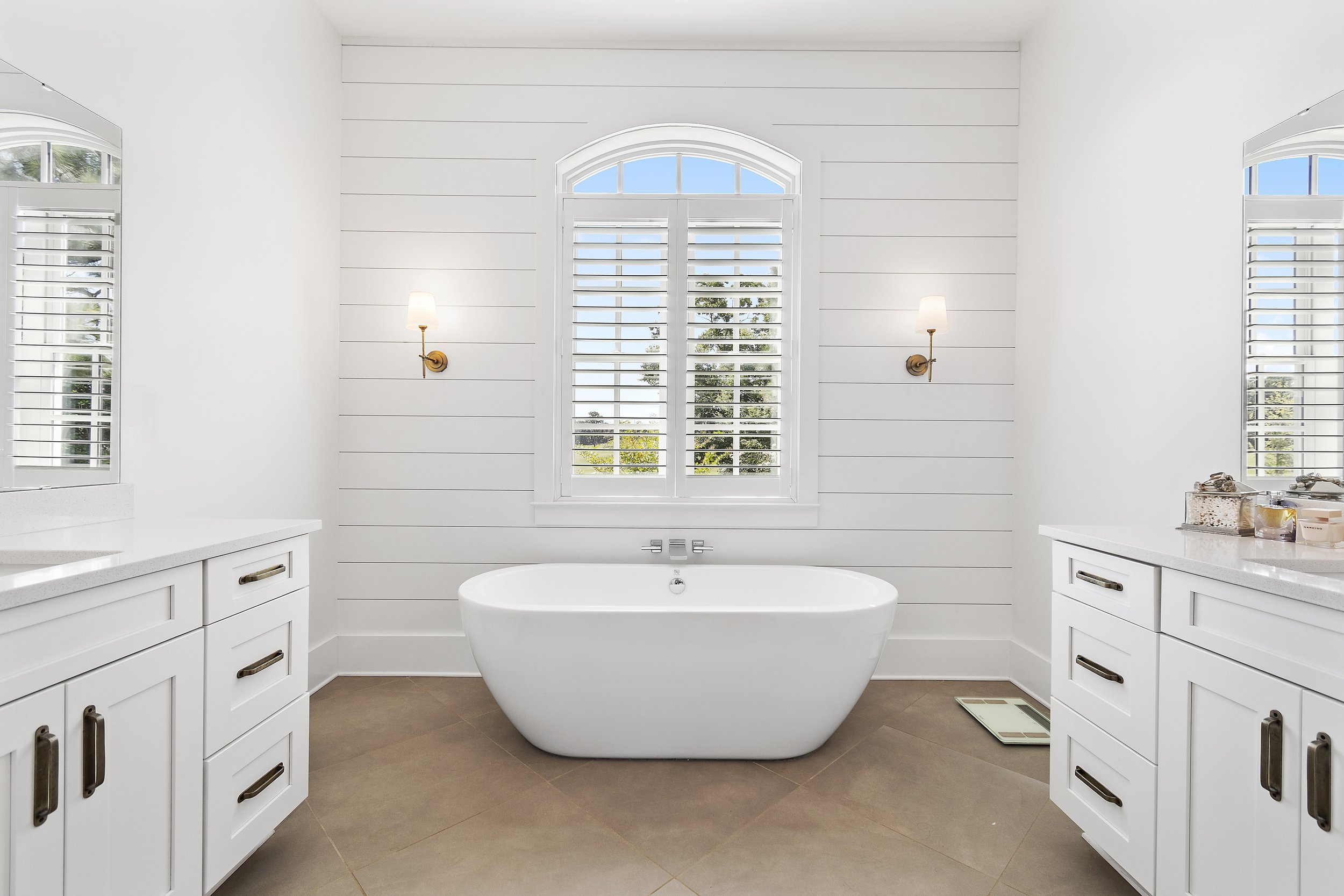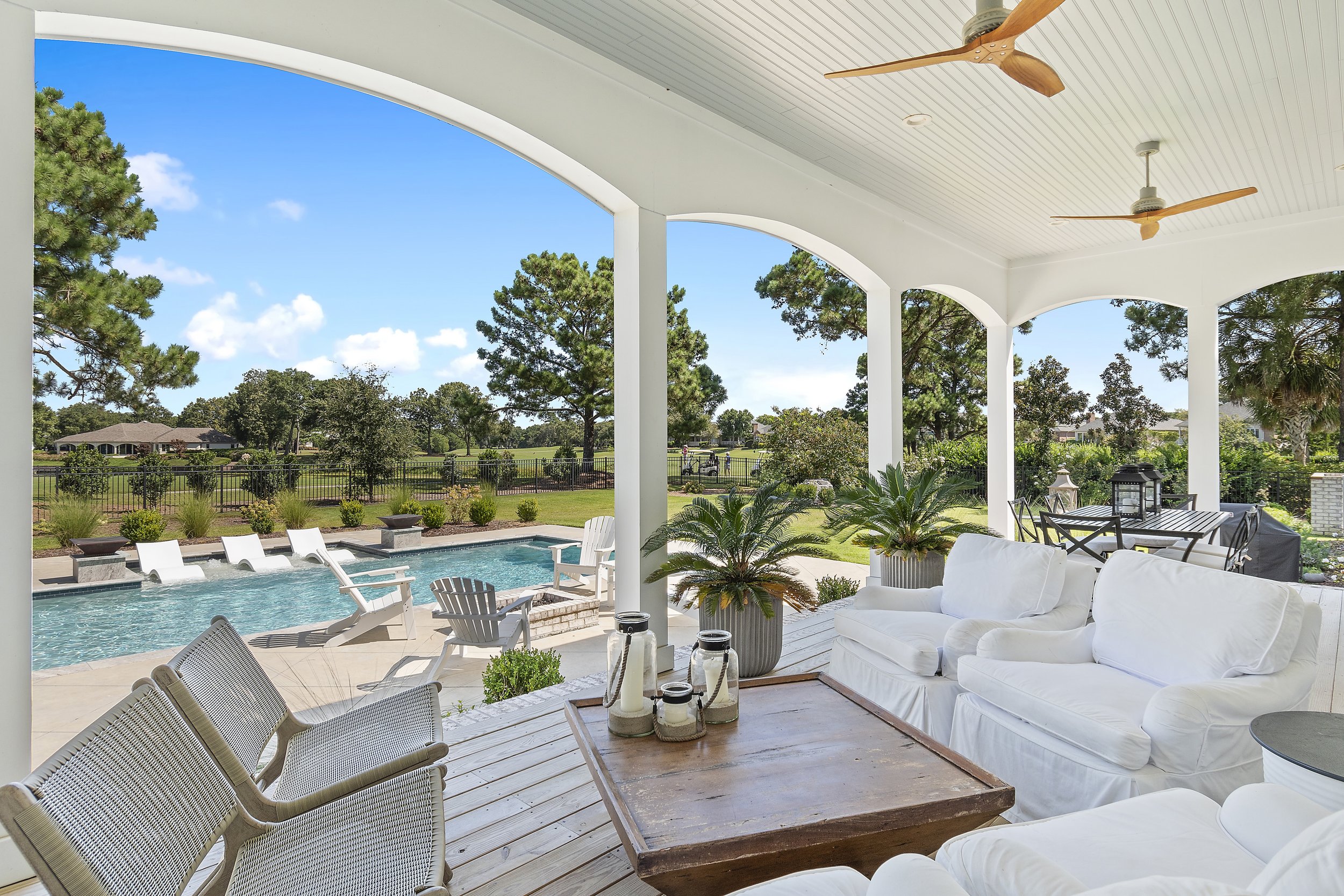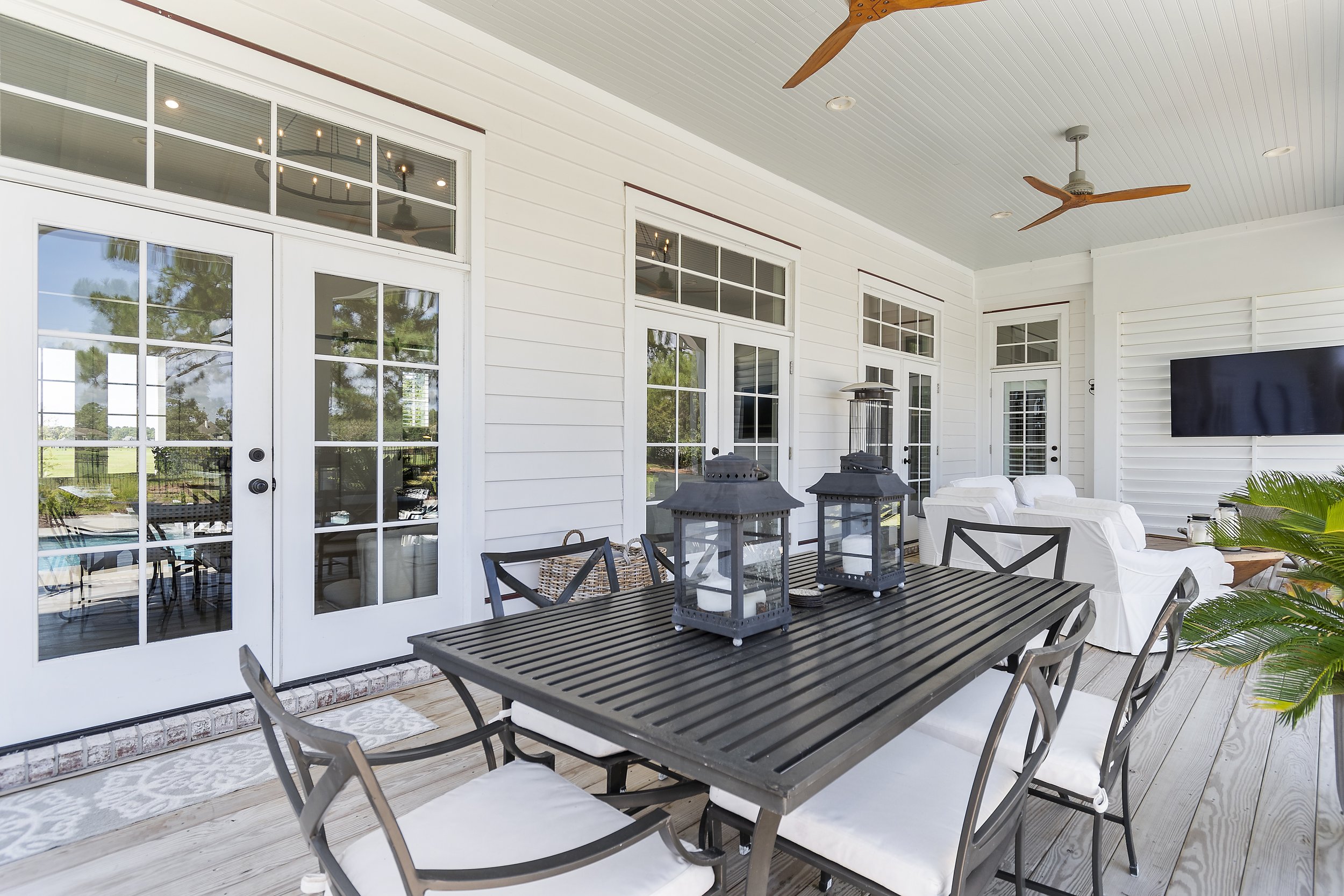CUSTOM HOME
A custom home is designed and planned solely with one client in mind. Instead of adapting to the layout of an existing home, a client can design and build a home that meets all their needs. It is the ultimate way to create a space that is specific to how someone lives day in and day out.
How it’s Done, What to Look Out For
When building a custom home, a client works directly with a multi-functional team, which can include a builder, architect, design team, and real estate agent, to plan, design, and select every detail of the home’s location, construction, layout, amenities, and finishes. These aspects can range from the smallest features such as light bulbs and door hardware to the largest such as roofing and foundation materials. While the custom home building process is long and tedious and for some very stressful, if a client is well informed and follows the custom home building steps, they can experience an enjoyable and streamlined process. There are five critical steps that a client should follow when building their dream home, which include:
Establish a budget and timeframe
Secure financing
Find and purchase a parcel of land
Hire an architect to draft and spec a custom home plan
Vet and hire a home builder to build the drafted home plan
1. BUDGET AND TIMEFRAME
Setting a budget and timeframe for building a custom home is not only the first decision in the building process it is the biggest obstacle in the custom home building process.
Often clients are surprised at the cost to build a new home. One of the first questions a builder is going to ask a client is “What is your budget?” A client needs to present a transparent and realistic budget to the builder. With a workable budget, a builder can help guide the client in the right direction for what type of custom home is right for them.
Another initial question a builder will ask is “What is your timeframe for building?” In today’s market, building a custom home can take much longer than originally expected; setting realistic expectations is critical to a successful custom home project.
2. FINANCING
Building a custom home on a client’s lot requires financing that is not typical in the everyday home buying process. First, a client can expect to pay more money upfront to not only pay cash for land but provide the builder with funds to pay for expenses that occur before financing is secured by the client. When building a custom home, the client needs a construction loan unless they plan to pay cash for the home.
A construction loan pays a series of advances called “draws” versus receiving the entire balance of a loan at one time. The lender disburses these small lump sum payments to the builder after each completed phase of construction. Generally, there is a five- to seven-draw schedule, which includes draws at these stages: foundation, rough framing, drywall installation, rough-in plumbing/electrical/HVAC, trim installation, and finish work.
And in most cases, the client only needs to pay interest on funds as they are drawn, not on the entire contract amount. At the end of the construction process, the loan will convert into a traditional mortgage.
3. LOCATION
As with anything else in real estate, location is still the most important element when buying or building a home. The client should work with a real estate agent to find a parcel that meets their needs for proximity, suitability, and lot type. For more information on choosing a lot for a new home click here. With the ideal location set, the client does not have to settle on where they want to live.
4. ARCHITECT
When choosing a home plan, a client has the option of locating a home plan on their own or finding an architect to plan and design their custom home. Every detail is an option, ranging from door cabinet hinges and specific electrical outlet locations to framing systems and footing depth. While the client may have their own ideas for the home, once hired, skilled professional architects and designers can draw out the client’s lifestyle and preferences to make suggestions on amenities and finishes that the client may have never thought about, making their custom home truly a dream home.
In addition, the client can provide their custom home plan to a design professional for home visualization via 3D models and picture quality renderings, which can include finishes. Although like most things in construction, there might be some slight variations in the modeling, but for the most part, the home can be visualized digitally before the building process begins.
When working with a one-off design, not only is the client going to pay more for both the design and construction, but there are certain design risks or failures that might not be caught until the construction phase begins. Even though the client may not want to hire an architect or builder before purchasing the land, there is a potential that the land is not suitable for the style or size home, so having a consultation with a builder or architect could be a smart investment.
5. BUILDER
Finding a builder to build a custom home is the last step before the embarking on the construction process. Whether the client knows a possible builder to do the project for them or is starting their search from scratch, they will need to research whether through their real estate agent, online reviews, or word of mouth, and vet all potential builders. Verifying the builder’s experience is critical, whether they’re a buddy or a stranger.
Clients need to check a builder’s credentials. Questions, such as “How long has the company been in business?” and “How many homes have you built?” should be some initial inquiries. A client should ask for proof of licenses and insurance information as well as references. When asking for references, a client needs to compare projects that are similar in scope and scale.
Clients should know about any home buying warranties whether via the builder or a third-party provider. With a third-party provider, if the builder goes out of business, the client is still covered with a home warranty. These types of warranties cover heating and cooling systems, electrical and plumbing as well as appliances. Most builders offer a one-year warranty of labor and materials.
One of the best ways to vet a builder is to take a tour of a model home or a home that is currently under construction. Taking a tour lets the client observe materials and workmanship as well as finishes and amenities.
Once a client has a builder in mind, they should vet the builder with other industry professionals such as lenders, real estate agents, suppliers, and sub-contractors. These professionals work with the builder on a recurring basis and should be able to provide valuable insight, helping the client develop a builder shortlist.
In addition, there are design-build firms that can manage both designing and building of a custom home. This all-inclusive firm can decrease some of the overall inefficiencies and create a smoother custom home building process; however, the design-build firm needs to be vetted well enough to ensure any potential conflicts of interest aren’t exploited by the firm.
What Else to Consider
Buying a home, much less building a home, can be a stressful experience. Some clients can quickly become overwhelmed with the amount of selections, building cost, and highs and lows of the building process. It’s important that clients recognize their mental limits. If the process is going to weigh them down, day in and day out, then the means does not justify the end, which could make the building process arduous for everyone. It’s important that a client understand building a custom home involves the most details, the most stress, and it is very easy to become overwhelmed during the process. And, while it may not be easy to uncover how much a client can handle, if a client expresses any aversion to the building process, then it might be worth steering them in another direction such as a semi-custom home.
Summary
While a custom home tends to be every client’s dream, the home building process, as desirable as it is on the surface, does come with a lot of practical restrictions, such as cost, time, and stress. These limitations can thwart the feasibility of custom home building by most clients. A client needs to be mentally ready for the trade-off of getting exactly what they want with the increased time, risks, and costs to make a custom home happen.
Throughout the different phases of the custom home process, the client needs to not only follow the basic building process but research each professional whether real estate agent, architect, or builder. This can be a pro or con depending on how involved the client wants to be in the process. Having multiple professionals working on a custom home can provide broader insight on how to satisfy the client, but it can also lead to communication failures among the professionals, which can cause delays or design flaws for the project.







